Case Study Analysis: Applying Motivation Theories to Jack Retail
VerifiedAdded on 2023/01/11
|6
|1015
|43
Case Study
AI Summary
This case study examines the application of motivation theories within the context of Jack Retail outlets, recently acquired by Tesco. The assignment begins with an introduction to motivation, emphasizing its importance in enhancing employee performance and commitment. The main body of the case study delves into two key motivational theories: Herzberg's Two-Factor Theory, analyzing both hygiene and motivational factors and their implications for Jack Retail. The advantages and limitations of applying this theory are discussed. Following this, McGregor's Theory X and Theory Y are explored, highlighting how Tesco's management can utilize these theories to address the diverse motivational needs of employees. The case study concludes by summarizing the significance of motivation in achieving organizational goals and objectives, emphasizing the need for management to carefully analyze each theory's benefits and drawbacks. References to relevant books and journals are included to support the analysis.
1 out of 6
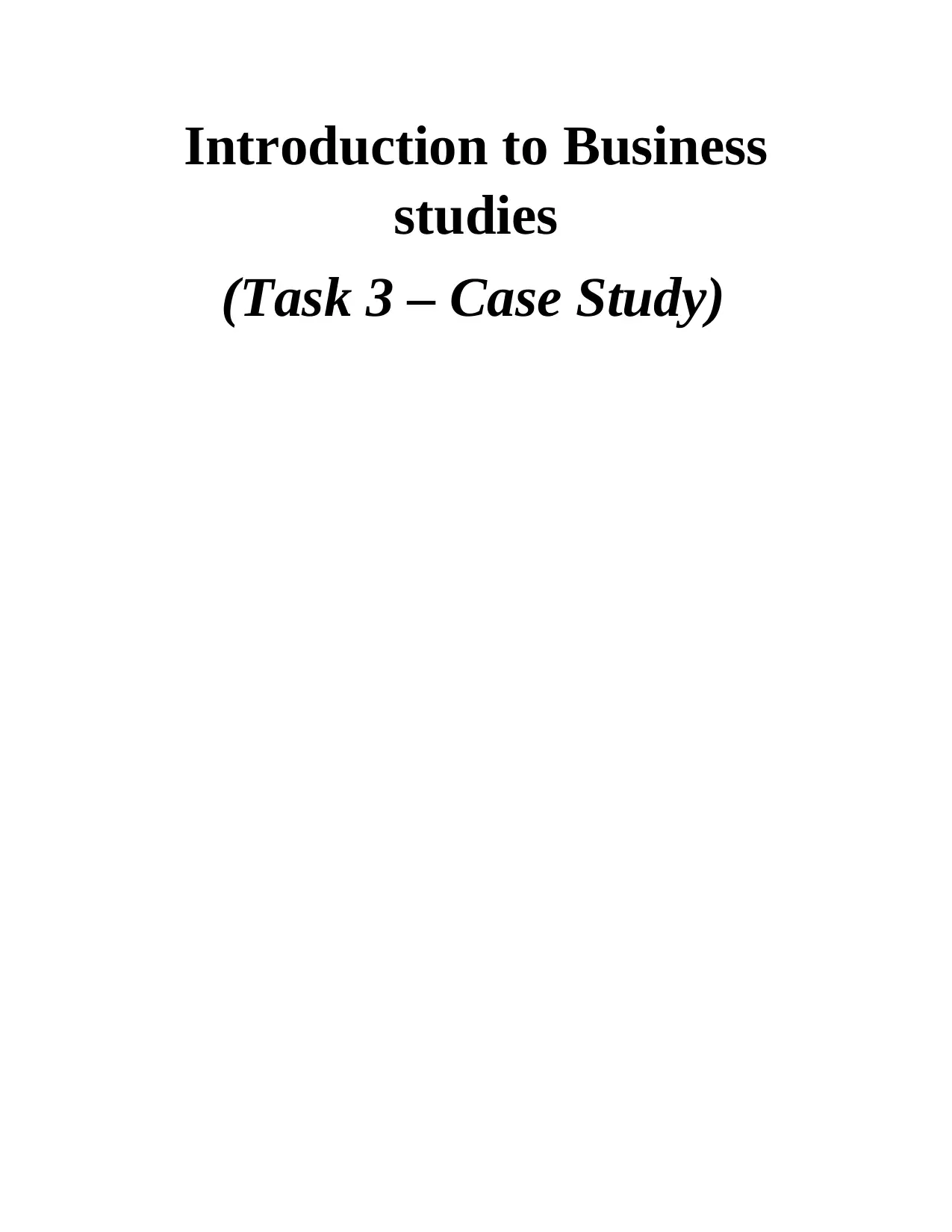
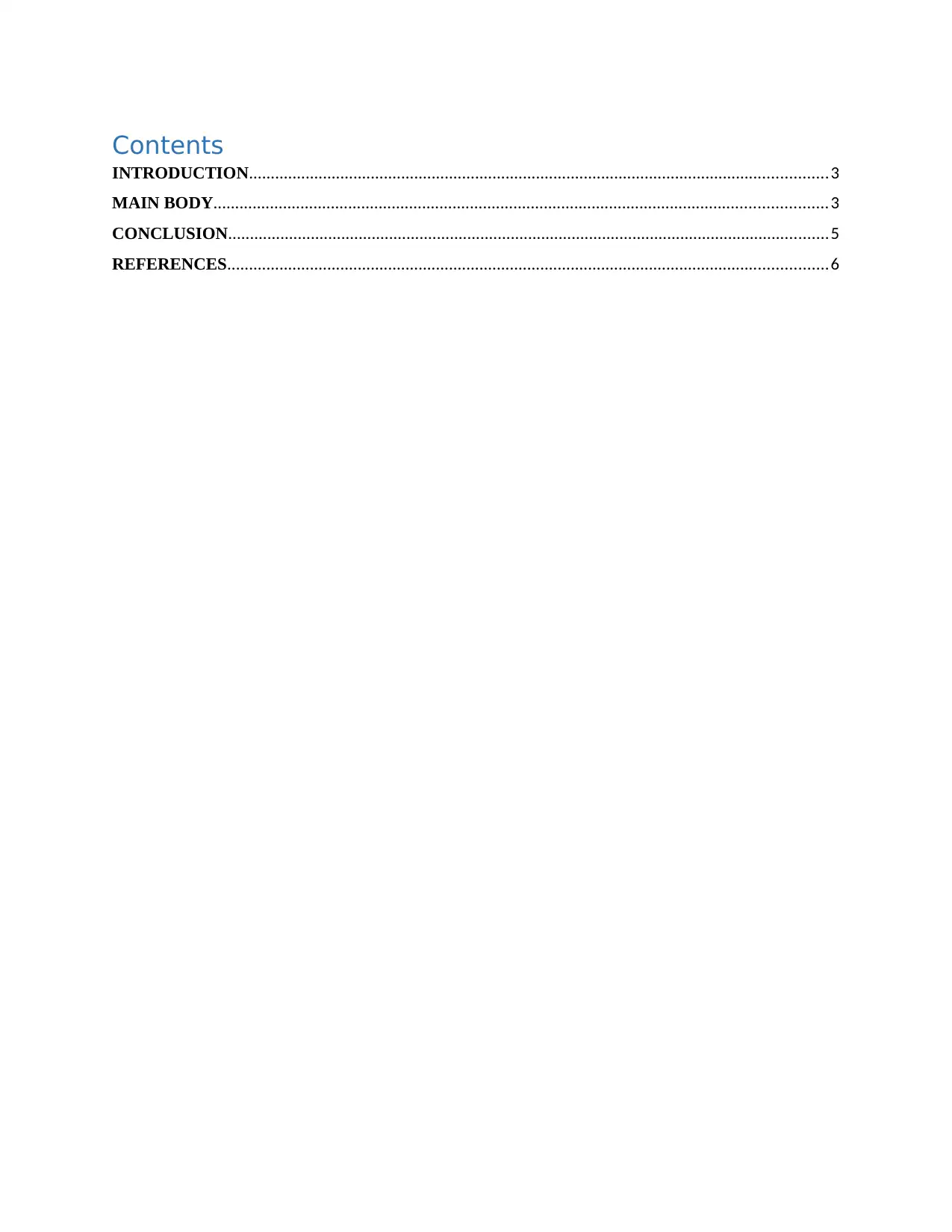
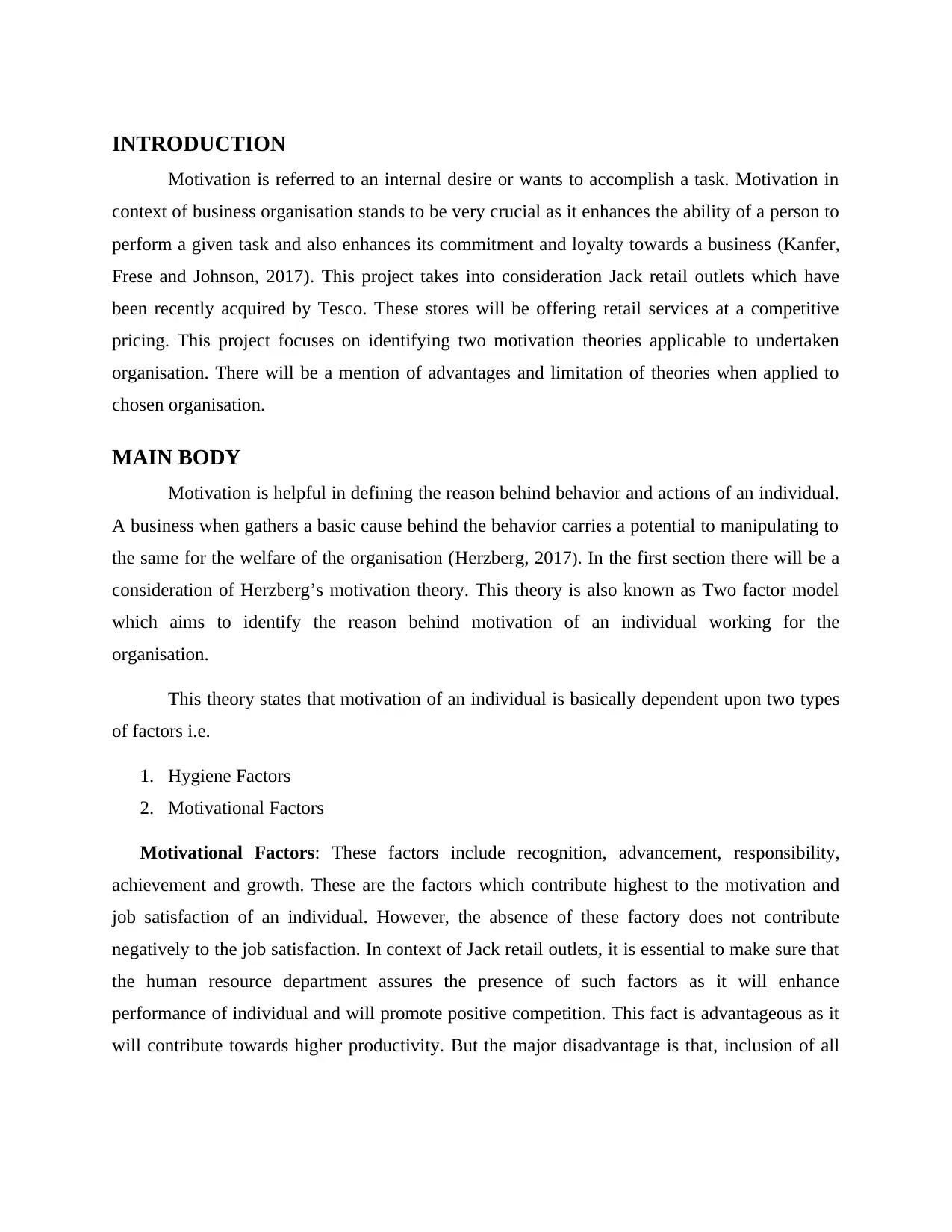

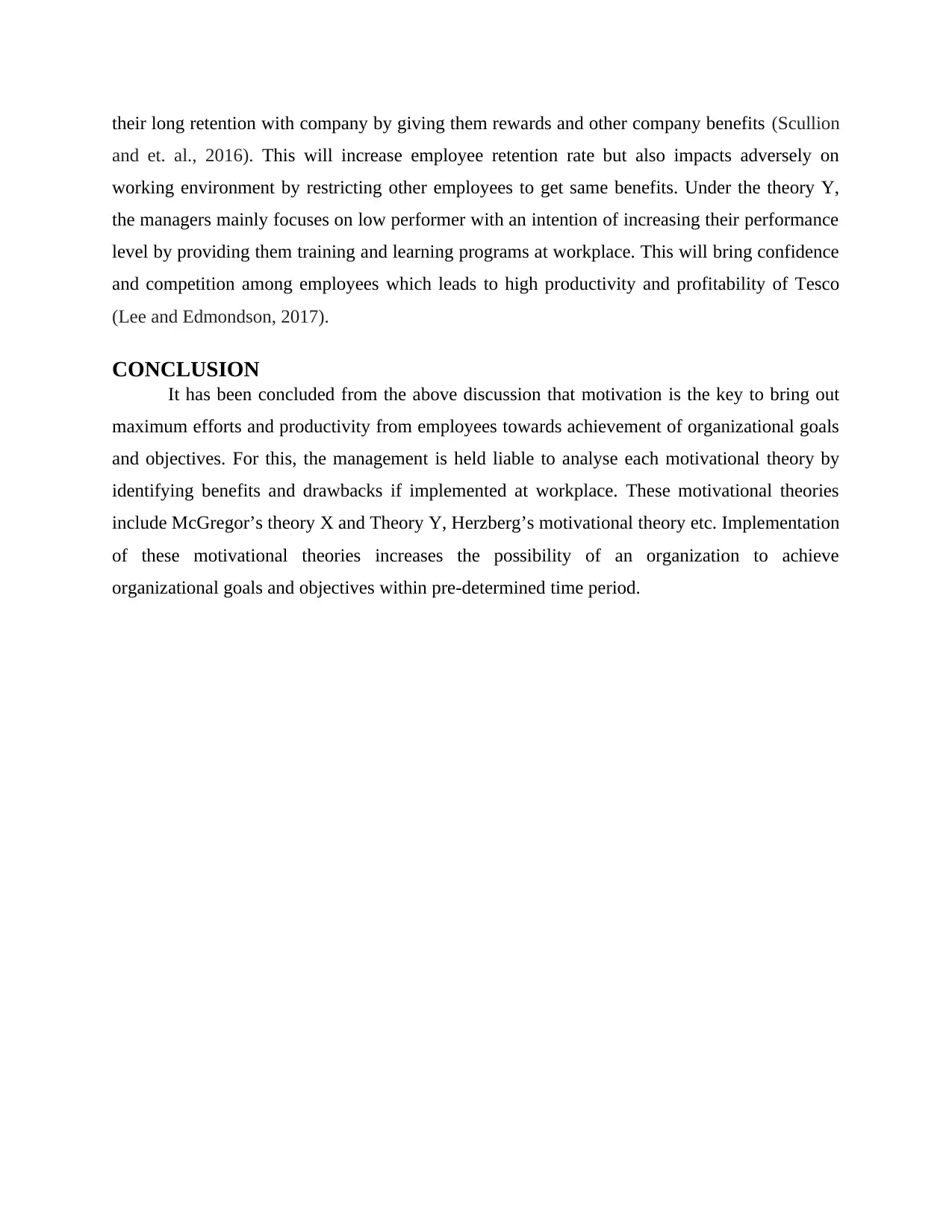
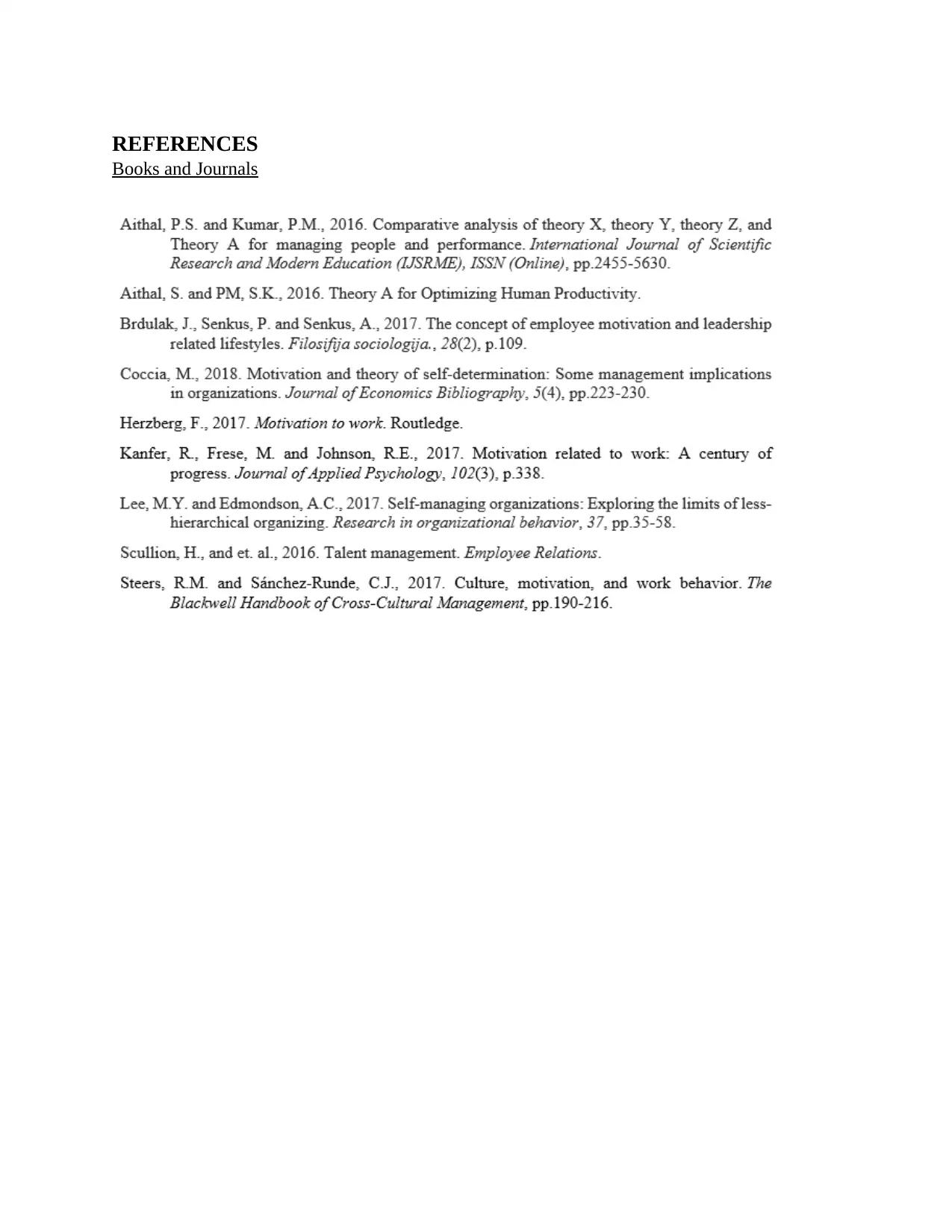




![[object Object]](/_next/static/media/star-bottom.7253800d.svg)